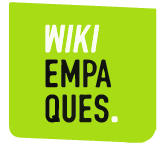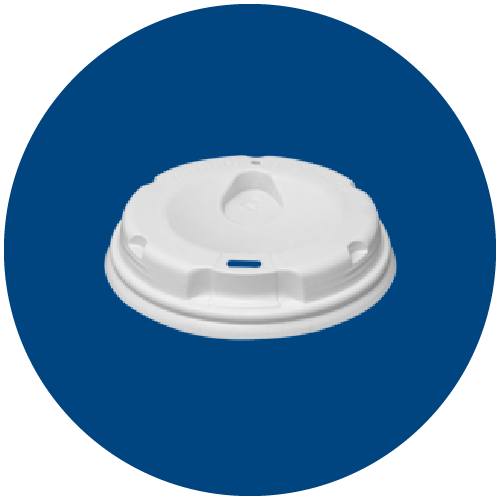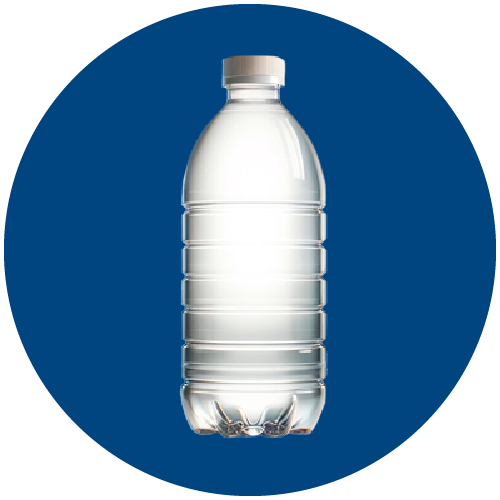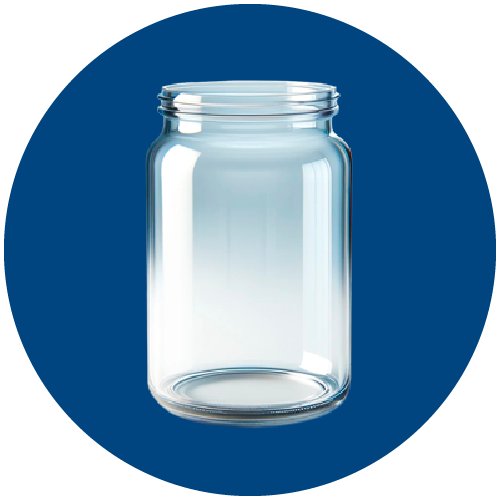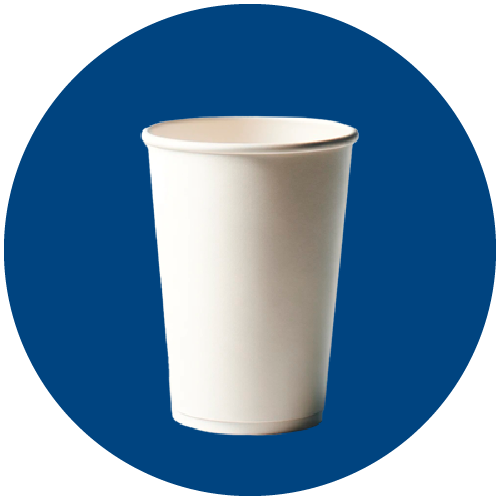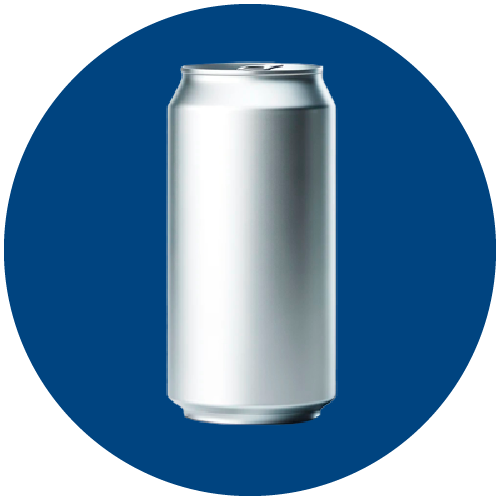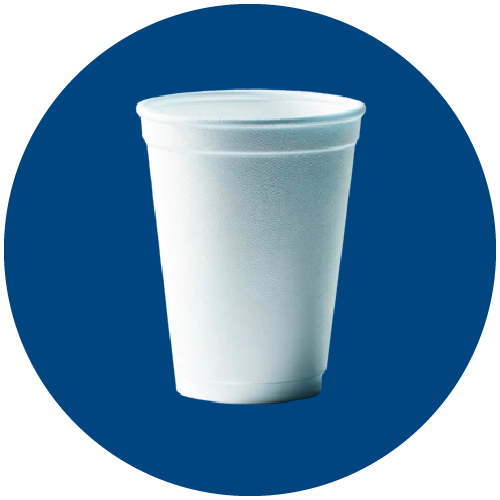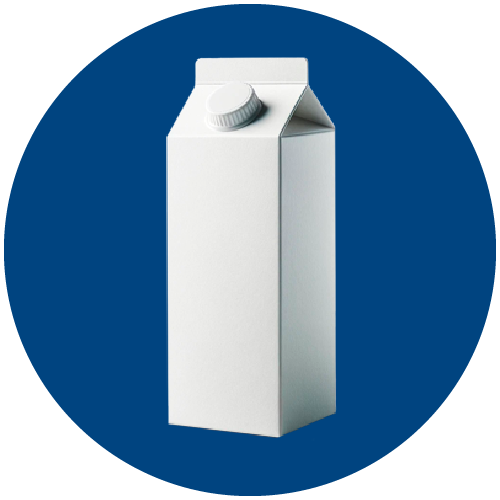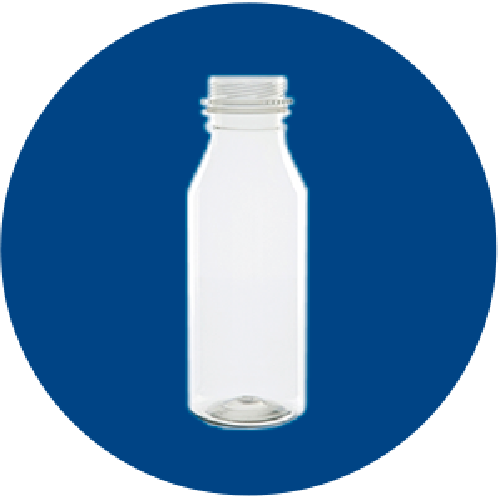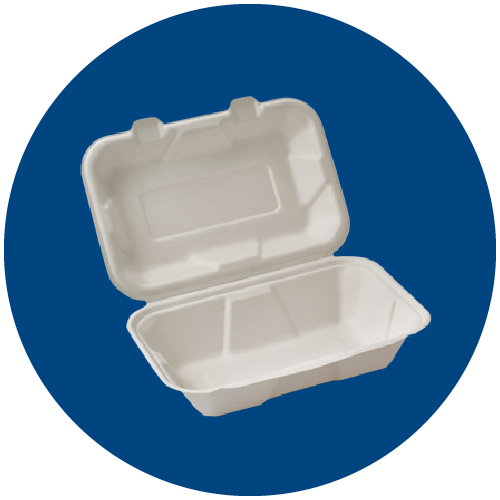
Food packaging is more than just wrapping; they are guardians of freshness, safety, and sustainability. In our daily lives, we encounter a variety of packaging materials, each designed with unique characteristics to protect and preserve different types of food. Learn more about the benefits and functionality of the packaging materials we use every day.
What should I do with the packaging I already have?
Every year, millions of tons of packaging accumulate in landfills or, worse, pollute our marine and terrestrial ecosystems. Regardless of whether the packaging is made of plastic, cardboard, glass, or any other material, our responsibility as users is to ensure that these wastes are directed towards recovery chains. This conscious and deliberate act not only reduces the likelihood of them contaminating the environment but also promotes a circular economy, in which each element is reused or recycled, thus minimizing environmental impact.
 PLASTICS (PP, PET, PS, Film, and others):
PLASTICS (PP, PET, PS, Film, and others):
Plastics have the capacity to be very durable materials, which is ideal for mechanical recycling. To ensure their valorization, you should segregate them clean and dry at a recycling station or hand them over to the recycler who passes through your area.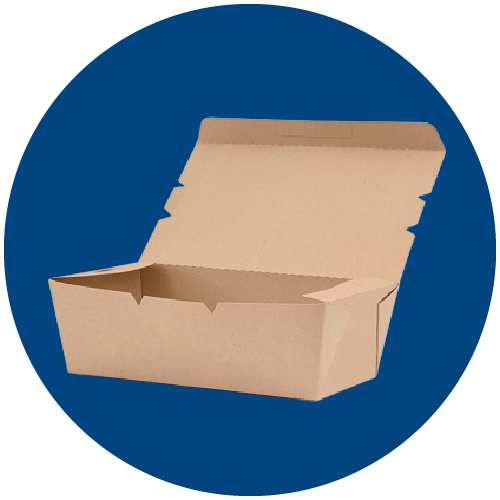
CARDBOARD (from bagasse or wood pulp):
Cardboard, when it does not have an additional coating, is a material that can be composted at home or industrially. For this, you should segregate them properly and deposit them in an appropriate infrastructure for composting, which can range from a container or a designated area in your garden for home composting to much larger and specialized facilities designed to handle large amounts of organic waste for industrial composting.If the cardboard has a coating, you should check with the recycler in your area or at nearby recycling stations if they accept these types of materials and hand them over clean and dry.
